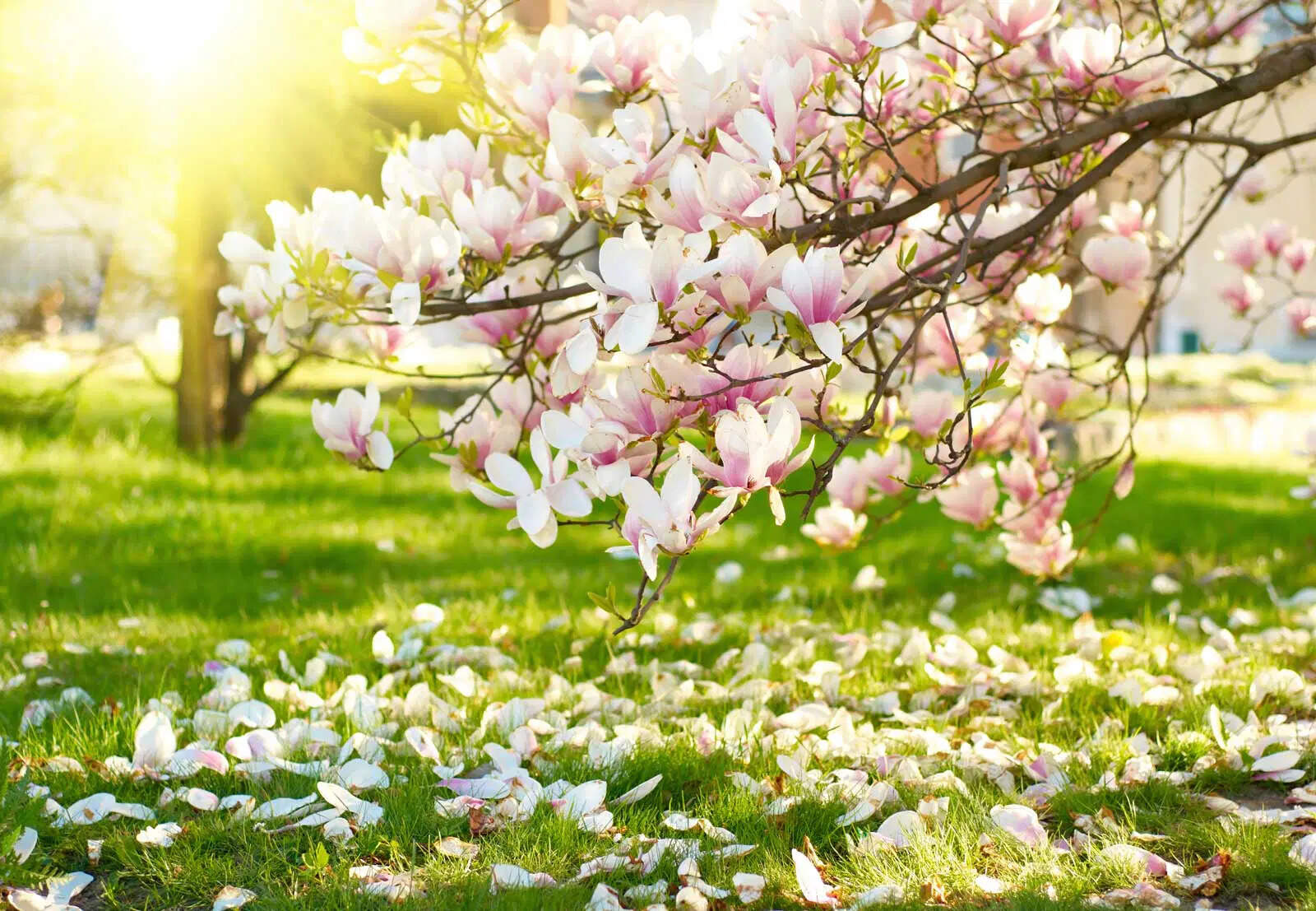
The magnolia flower is a symbol of beauty, perseverance, and dignity. Its elegant blooms have captivated people for centuries, gracing gardens, artwork, and literature with their timeless allure. In this article, we'll delve into 10 fascinating facts about the magnificent magnolia flower, shedding light on its rich history, cultural significance, and remarkable characteristics. From its ancient origins to its modern-day symbolism, the magnolia flower has a story to tell that spans continents and civilizations. Join us as we explore the enchanting world of the magnolia, uncovering the secrets and splendor that make it a beloved emblem of nature's grace and resilience.
Key Takeaways:
- The Magnolia flower, with its ancient history and diverse colors, is a symbol of resilience and beauty across cultures, inspiring art, literature, and gardens worldwide.
- The Magnolia flower’s delightful fragrance and medicinal uses, along with its resilience and wide variety of species, make it a captivating and enduring botanical marvel.
The Magnolia flower is an ancient species.
The Magnolia flower is one of the most ancient flowering plants, with fossils dating back over 20 million years. This remarkable history adds to its allure and significance in the world of botany.
The Magnolia flower comes in various colors and sizes.
From delicate white and pink hues to vibrant shades of purple and red, the Magnolia flower showcases a diverse color palette. Additionally, its sizes range from small, elegant blossoms to large, showy flowers, making it a visually captivating botanical wonder.
The Magnolia flower emits a delightful fragrance.
One of the most enchanting qualities of the Magnolia flower is its delightful fragrance, which varies among different species. The sweet, citrusy, and sometimes spicy aroma adds to the flower's appeal and makes it a popular choice for gardens and bouquets.
The Magnolia flower has cultural and historical significance.
Throughout history, the Magnolia flower has been revered in various cultures and is often associated with nobility, perseverance, and beauty. Its presence in art, literature, and folklore further solidifies its status as a symbol of dignity and resilience.
The Magnolia flower's symbolism varies across different cultures.
In some cultures, the Magnolia flower symbolizes purity and femininity, while in others, it represents dignity and strength. This versatility in symbolism adds depth to the flower's cultural significance and makes it a cherished emblem in traditions around the world.
The Magnolia flower is used in traditional medicine.
For centuries, the Magnolia flower has been utilized in traditional medicine for its believed therapeutic properties. Its extracts and essential oils are reputed to have a range of potential health benefits, including stress relief and anti-inflammatory effects.
The Magnolia flower is a popular choice for landscaping.
Due to its striking beauty and ease of care, the Magnolia flower is a favored option for landscaping in gardens, parks, and public spaces. Its ability to thrive in various climates further contributes to its widespread popularity in horticulture.
The Magnolia flower is an inspiration in art and literature.
Renowned for its timeless elegance, the Magnolia flower has been a muse for artists, poets, and writers throughout the ages. Its graceful form and symbolic significance have been celebrated in countless works of art and literature, cementing its status as an enduring muse.
The Magnolia flower has diverse species and hybrids.
With over 200 species and numerous hybrids, the Magnolia flower offers a rich tapestry of variations, each with its unique characteristics and appeal. This diversity contributes to its widespread cultivation and continued fascination among enthusiasts.
The Magnolia flower is a resilient and hardy plant.
Despite its delicate appearance, the Magnolia flower is a resilient and hardy plant, capable of withstanding various environmental conditions. Its ability to endure and thrive reflects the enduring symbolism associated with this exceptional botanical marvel.
The Magnolia flower, with its ancient lineage, diverse colors and sizes, and delightful fragrance, holds a special place in the world of flora. This iconic flower boasts cultural and historical significance, symbolizing different virtues across various cultures. Its uses extend beyond aesthetics, as it has been integrated into traditional medicine and remains a popular choice for landscaping. The Magnolia flower's influence extends to the realms of art and literature, inspiring countless creative works. With its extensive range of species and hybrids, as well as its resilience in diverse environments, the Magnolia flower continues to captivate enthusiasts and symbolize enduring qualities.
Conclusion
In conclusion, the magnolia flower stands as a symbol of beauty, perseverance, and resilience. Its captivating fragrance and elegant blossoms have enamored people for centuries, making it a beloved addition to gardens, landscapes, and floral arrangements. With its rich cultural significance and diverse species, the magnolia continues to inspire art, literature, and horticulture around the world. Whether adorning a wedding bouquet or gracing a serene garden, the magnolia's timeless allure and remarkable history make it a cherished emblem of natural splendor.
FAQs
What are the different varieties of magnolia flowers?
Magnolia flowers come in various species, including the Southern magnolia (Magnolia grandiflora), saucer magnolia (Magnolia x soulangeana), and star magnolia (Magnolia stellata). Each variety boasts unique characteristics, from flower size and color to growth habits and hardiness.
How can I care for a magnolia tree in my garden?
To care for a magnolia tree, ensure it is planted in well-draining soil with adequate sunlight. Regular watering, especially during dry spells, and occasional fertilization can promote healthy growth and vibrant blooms. Pruning dead or overgrown branches and protecting the tree from harsh weather conditions are also essential for its well-being.
Was this page helpful?
Our commitment to delivering trustworthy and engaging content is at the heart of what we do. Each fact on our site is contributed by real users like you, bringing a wealth of diverse insights and information. To ensure the highest standards of accuracy and reliability, our dedicated editors meticulously review each submission. This process guarantees that the facts we share are not only fascinating but also credible. Trust in our commitment to quality and authenticity as you explore and learn with us.


